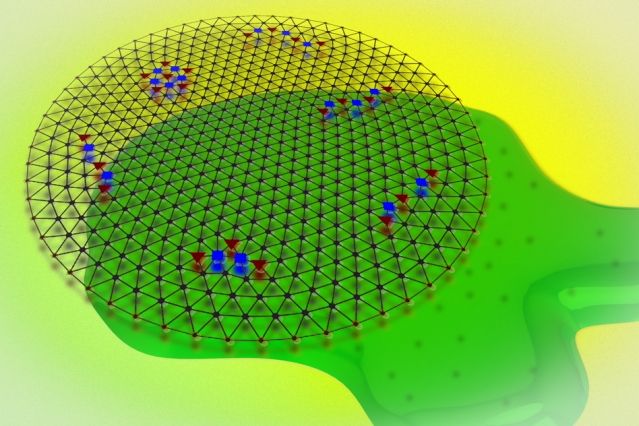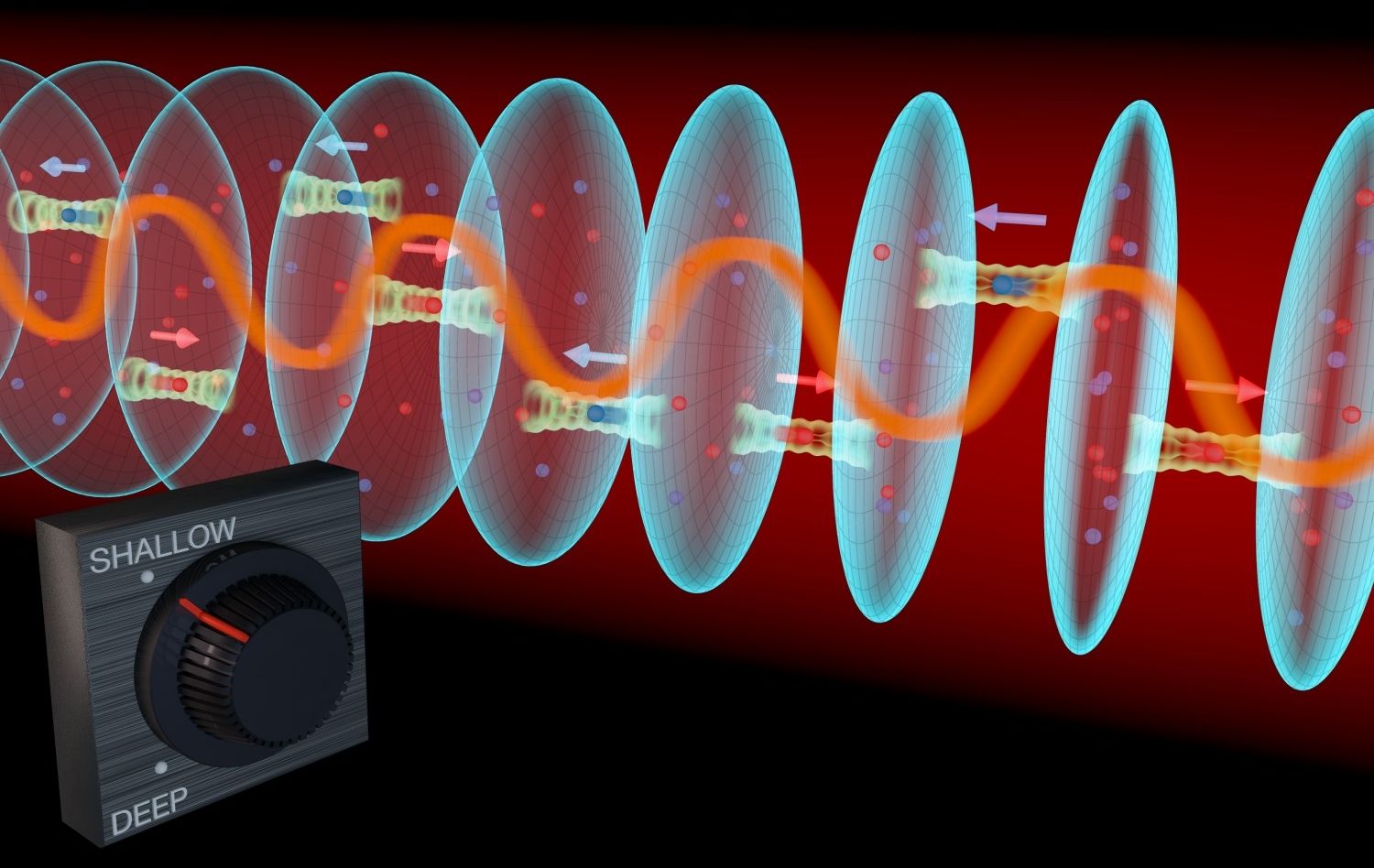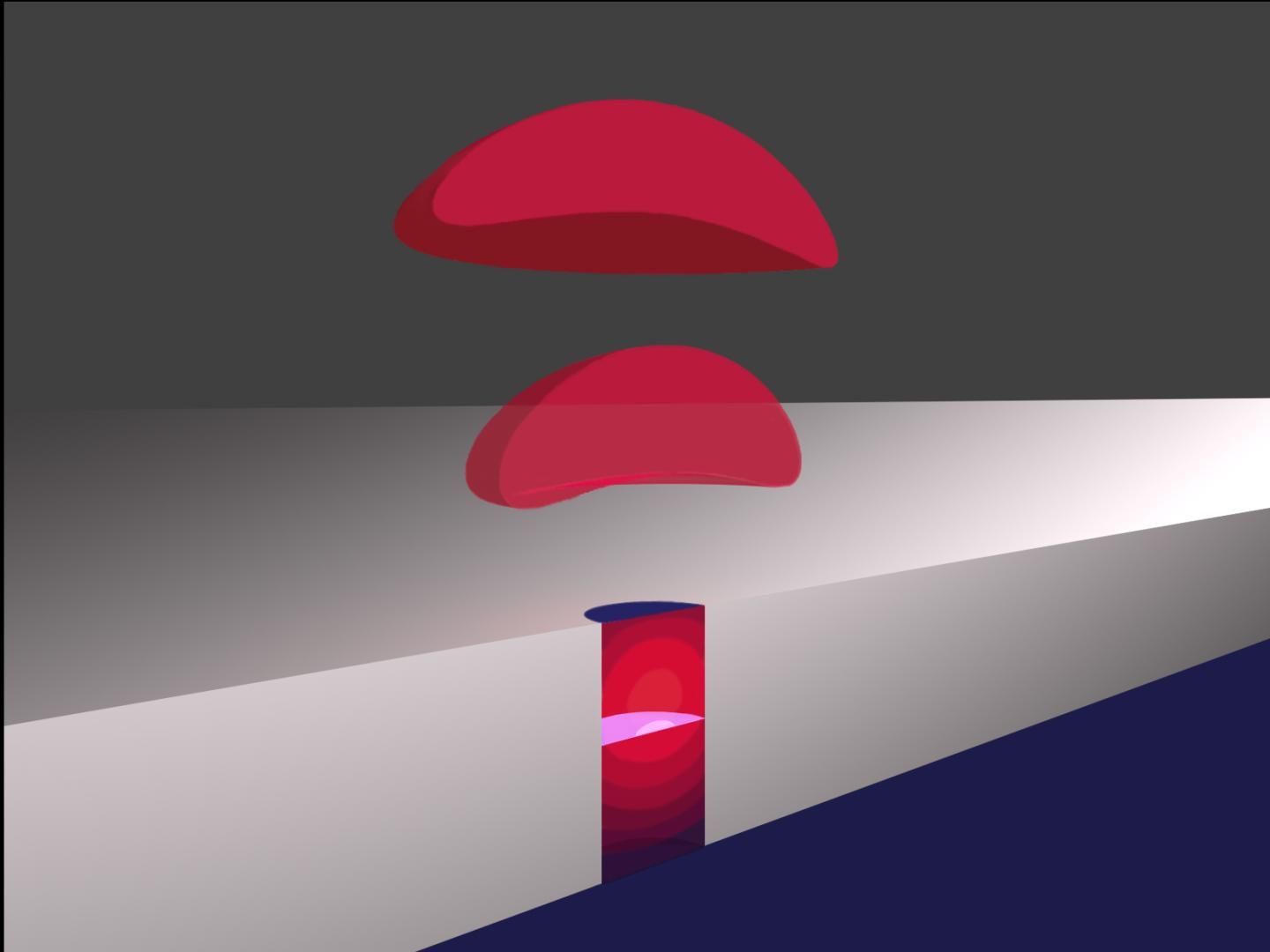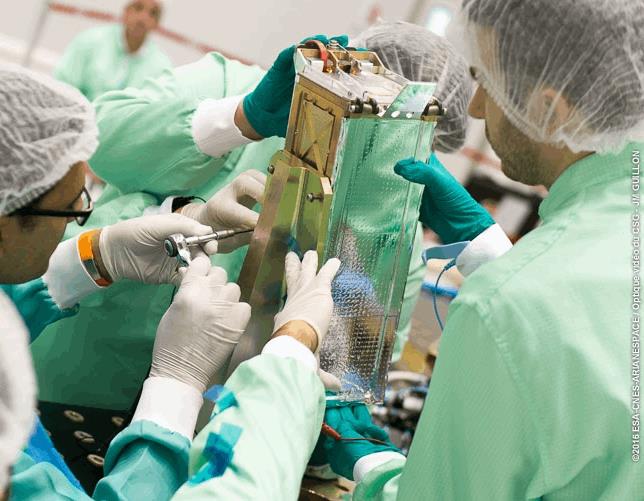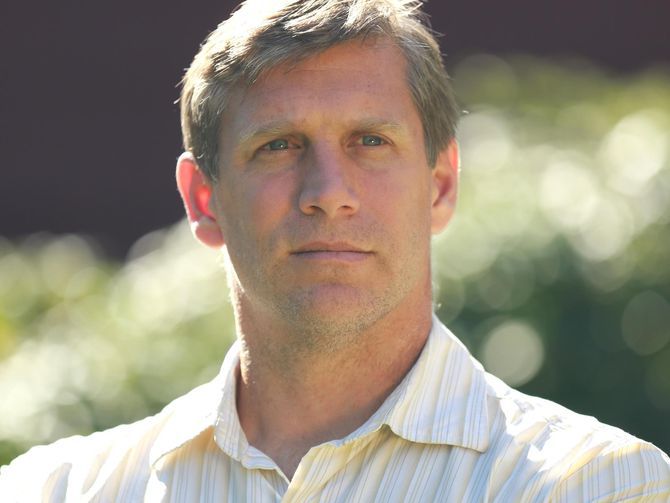Dec 21, 2016
Scientists detect a quantum crystal of electrons and ‘watch’ it melt
Posted by Karen Hurst in categories: materials, quantum physics
For the first time, MIT physicists have observed a highly ordered crystal of electrons in a semiconducting material and documented its melting, much like ice thawing into water. The observations confirm a fundamental phase transition in quantum mechanics that was theoretically proposed more than 80 years ago but not experimentally documented until now.
The team, led by MIT professor of physics Raymond Ashoori and his postdoc Joonho Jang, used a spectroscopy technique developed in Ashoori’s group. The method relies on electron “tunneling,” a quantum mechanical process that allows researchers to inject electrons at precise energies into a system of interest—in this case, a system of electrons trapped in two dimensions. The method uses hundreds of thousands of short electrical pulses to probe a sheet of electrons in a semiconducting material cooled to extremely low temperatures, just above absolute zero.
With their tunneling technique, the researchers shot electrons into the supercooled material to measure the energy states of electrons within the semiconducting sheet. Against a background blur, they detected a sharp spike in the data. After much analysis, they determined that the spike was the precise signal that would be given off from a highly ordered crystal of electrons vibrating in unison.
